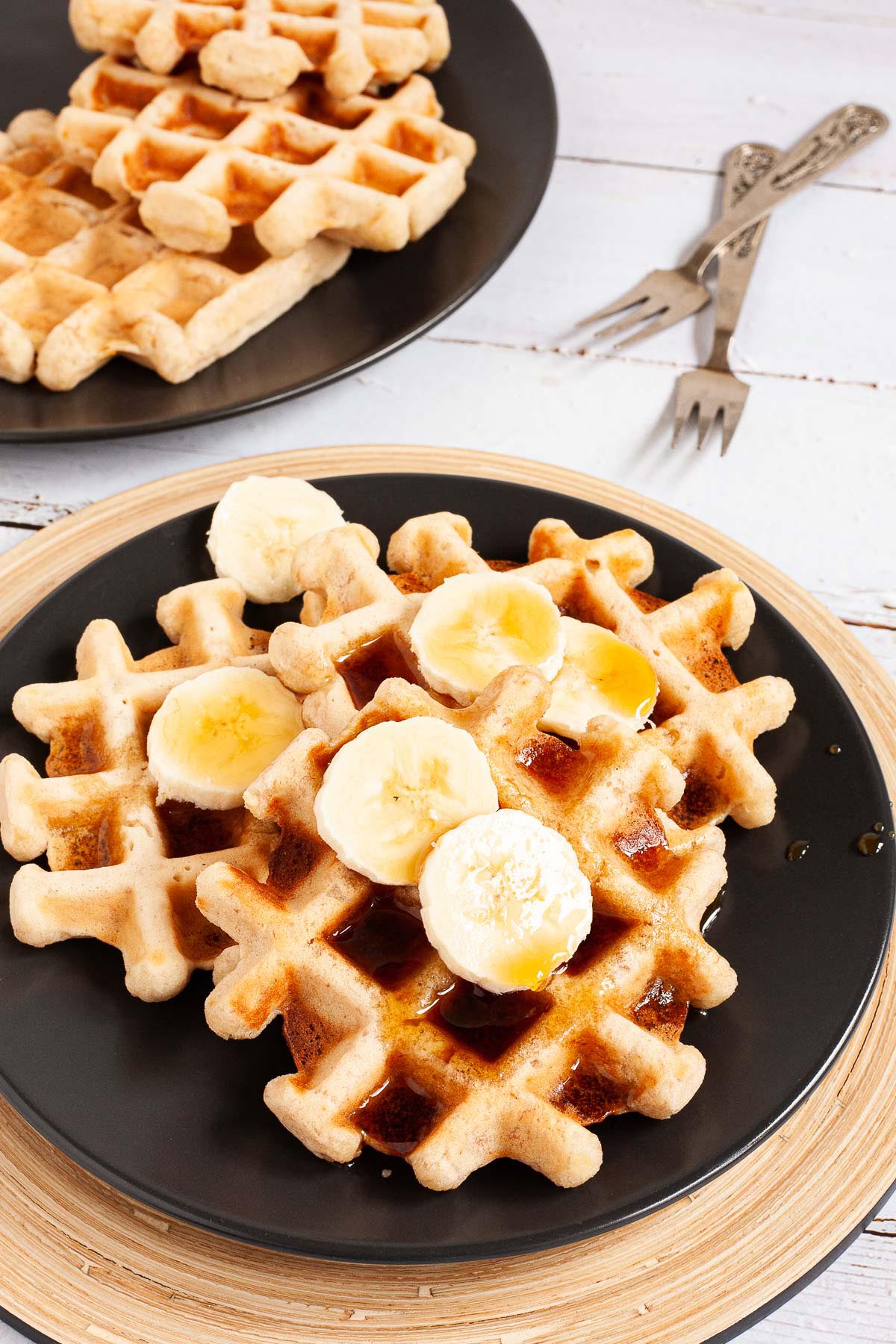Global Medical Aesthetic Market to Surge to $102.2 Billion by 2035
The total medical aesthetic market is estimated to have grown to a peak of USD 34.6 billion in 2023, boosted by rising preferences for aesthetic appearances.

Medical aesthetics refers to the form of cosmetic treatment that is helpful for enhancing the appearance of an individual. These solutions help to treat conditions such as acne, dark spots, uneven skin, sunspots, unwanted hair, and others. Additionally, medical aesthetic treatments are widely used for anti-aging purposes to reduce fine lines and wrinkles and foster skin rejuvenation. Various healthcare experts also use medical aesthetic procedures to reduce excessive cellulite, fat, and spider veins, significantly improving the appearance of the skin. With rising social media hype and celebrity endorsements touting the benefits of achieving a youthful appearance, the medical aesthetic market is anticipated to reach substantial growth during the forecast period. Some of the top medical aesthetic market statistics are listed below, drawn from research conducted by Roots Analysis: The growing trend of youthful appearance and hype bolstered by social media has increased the demand for medical aesthetic solutions. Some examples of the key drivers that have fueled the growth of the medical aesthetic market are listed below. Some of the leading companies that are actively engaged in the medical aesthetic market include Allergan Aesthetics, BTL Aesthetics, Candela Medical, Classys, Lumenis, Lutronic, MedicalZone, Sinclair Pharma, Sincoheren, Skin Tech Pharma, Wontech and Zesay Beauty. Overall, the future of the medical aesthetic market is promising, and the field is experiencing steady growth owing to increasing awareness about the benefits of aesthetic treatment. In the near future, medical aesthetic market players will focus on integrating advanced technology, including artificial intelligence, to offer efficient aesthetic solutions. Furthermore, increasing support from regulatory authorities, such as the FDA, for the development of aesthetic procedures contributed to the growth of the market. As the medical aesthetic industry continues to evolve, it is anticipated that companies will focus on delivering personalized aesthetic solutions that align with individuals' beauty standard goals. For more information, please read the full report Medical Aesthetic Market, which details this market’s unique dynamics, providing insights into the historic period (2022-2023) and forecasting trends for 2024-2035. Nancy Kapila is an accomplished pharmaceutical consultant with a rich and diverse experience spanning more than five years. Throughout her professional journey, Nancy's expertise in providing valuable insights and strategic guidance helped clients to make informed, data-driven decisions. What sets Nancy apart is her unwavering commitment to staying at the forefront of the ever-evolving pharmaceutical landscape. Roots Analysis is a global leader in pharma and biotech market research. Having worked with over 750 clients worldwide, including Fortune 500 companies, start-ups, academia, venture capitalists, and strategic investors for more than a decade, Roots Analysis offers a highly analytical and data-driven perspective to a network of over 450,000 senior industry stakeholders looking for credible market insights. All reports provided by this firm are structured in a way that enables the reader to develop a thorough perspective on the given subject. The total medical aesthetic market is estimated to have grown to a peak of USD 34.6 billion in 2023, boosted by rising preferences for aesthetic appearances. According to a recent Roots Analysis report, a major paradigm shift in beauty standards and increasing requirements for medical aesthetic solutions to achieve youthful skin is expected to drive the market at a compound annual growth rate (CAGR) of 9.4% from 2023-2035.
The total medical aesthetic market is estimated to have grown to a peak of USD 34.6 billion in 2023, boosted by rising preferences for aesthetic appearances. According to a recent Roots Analysis report, a major paradigm shift in beauty standards and increasing requirements for medical aesthetic solutions to achieve youthful skin is expected to drive the market at a compound annual growth rate (CAGR) of 9.4% from 2023-2035.Top Medical Aesthetic Market Statistics for 2024-2035
5 Major Growth Drivers of the Medical Aesthetic Market
Top Players in the Medical Aesthetic Market
Conclusion
About Author
About Roots Analysis

 JimMin
JimMin 









![5 Steps to Create an Outstanding Marketing Plan [Free Templates]](https://blog.hubspot.com/hubfs/marketing-plan-1.jpg#keepProtocol)

![How to Give Your Two Weeks' Notice [+ 3 Examples]](https://blog.hubspot.com/hubfs/Two%20Weeks%20Notice%20Image%20.jpg#keepProtocol)
![5 Ways to Build a Positive Brand Association [+ Examples]](https://blog.hubspot.com/hubfs/brand-association.jpg#keepProtocol)



















